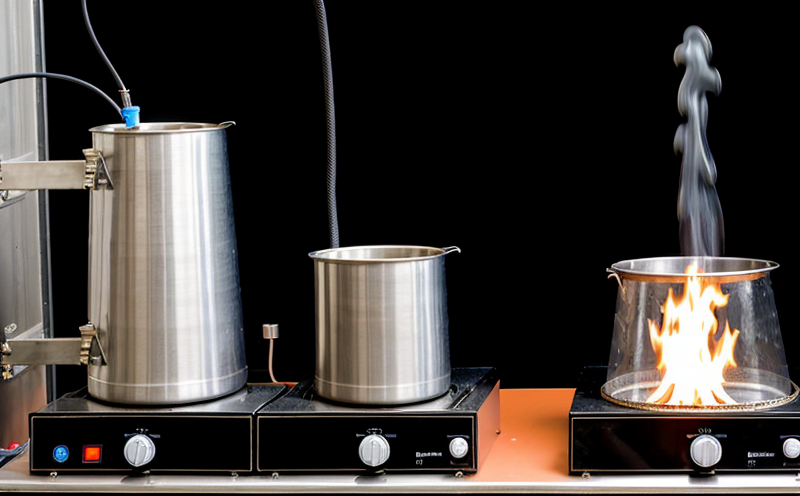Heat Release Testing of Flooring Materials
The heat release testing of flooring materials is an essential procedure in fire safety assessments. This process involves measuring the amount of heat released by flooring samples when exposed to controlled combustion conditions. The primary objective is to assess how quickly a material can ignite, its flame spread characteristics, and the rate at which it releases heat during combustion.
This testing method is crucial for ensuring that flooring materials meet fire safety standards such as those specified in international standards like EN 13826:2005 (for floor coverings) or ASTM E648-17. These standards are designed to protect public safety by setting limits on the heat release and flame spread of building materials, including flooring.
During testing, samples are placed in a calorimeter where they are subjected to controlled combustion. The calorimeter measures the amount of heat released as well as the rate at which it is emitted. This information helps determine the material's flammability and its potential for causing fire spread within buildings.
The procedure typically involves several steps, including sample preparation, setup in the calorimeter, ignition, and data collection. Specimens are cut to standard dimensions (e.g., 30 cm x 30 cm) from the flooring samples provided by manufacturers or suppliers. Proper specimen preparation is critical for accurate testing results.
Once prepared, specimens are placed into a calorimeter designed specifically for heat release rate measurements. The calorimeter provides an enclosed environment where the combustion process can occur under controlled conditions. After ignition, sensors within the calorimeter monitor temperature and heat flux continuously until the flame extinguishes.
The results from these tests provide valuable insights into both the immediate fire risk posed by a flooring material as well as its long-term performance during fires. For instance, knowing the peak heat release rate (PHRR) allows designers to select safer materials that can help contain fires effectively.
It's important to note that while this test focuses primarily on heat release rates, it also indirectly evaluates other fire-related properties such as smoke production and flame spread velocity. By understanding these parameters, architects, engineers, and manufacturers can make informed decisions about which flooring products best suit their needs in terms of safety.
In summary, heat release testing plays a vital role in ensuring the消防安全测试





